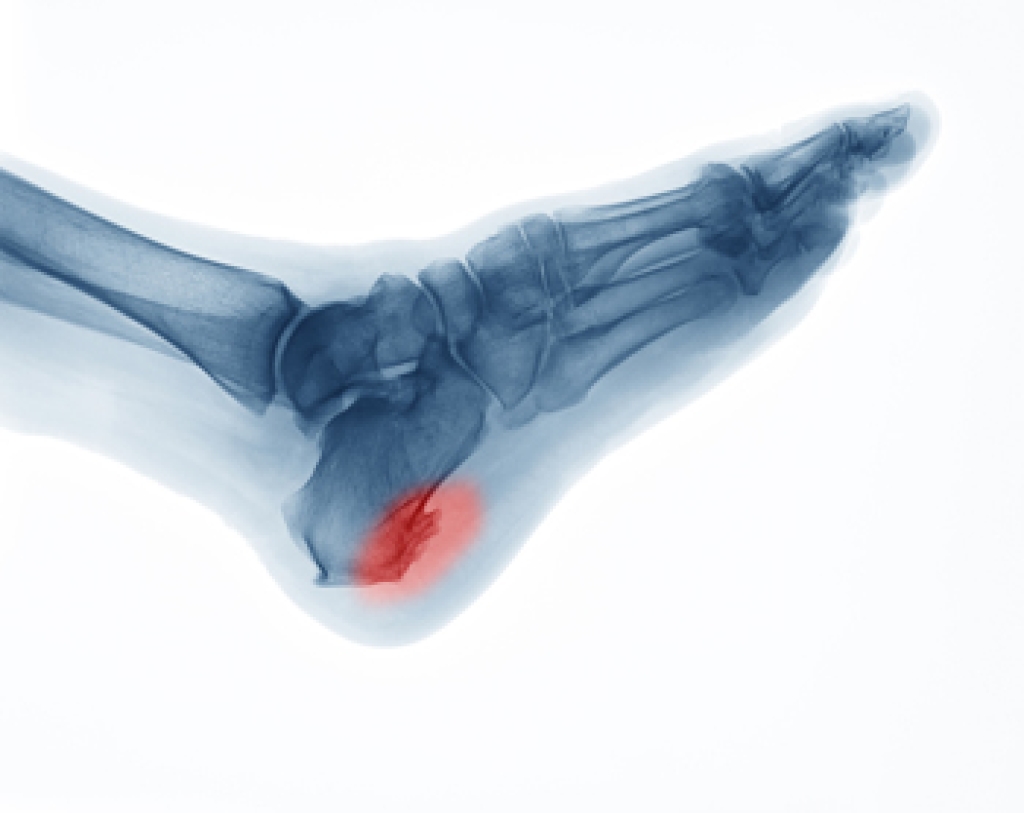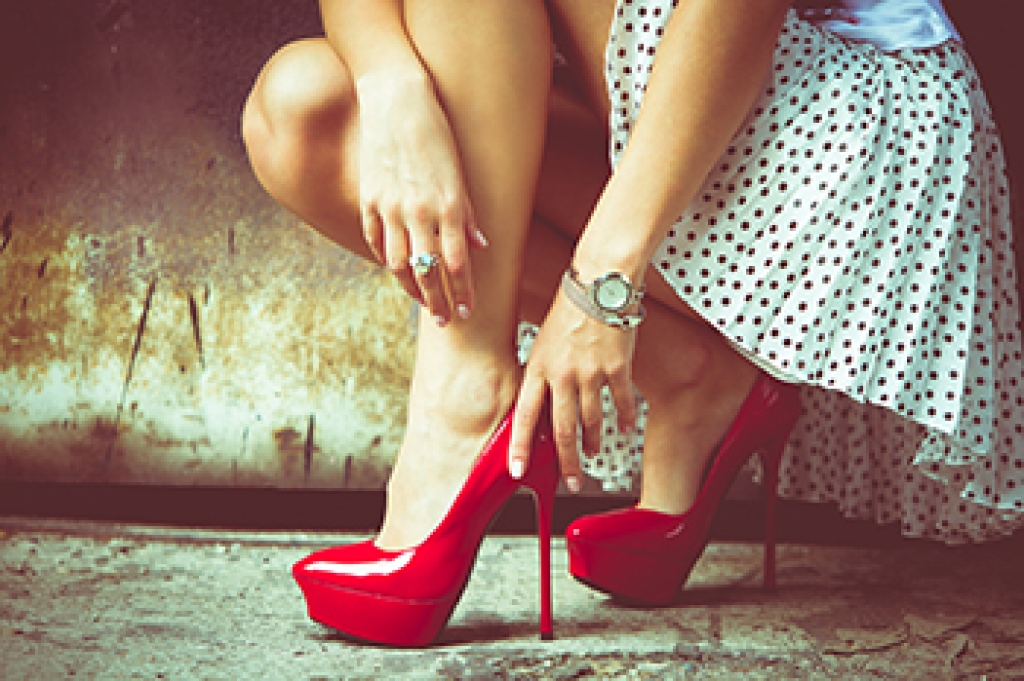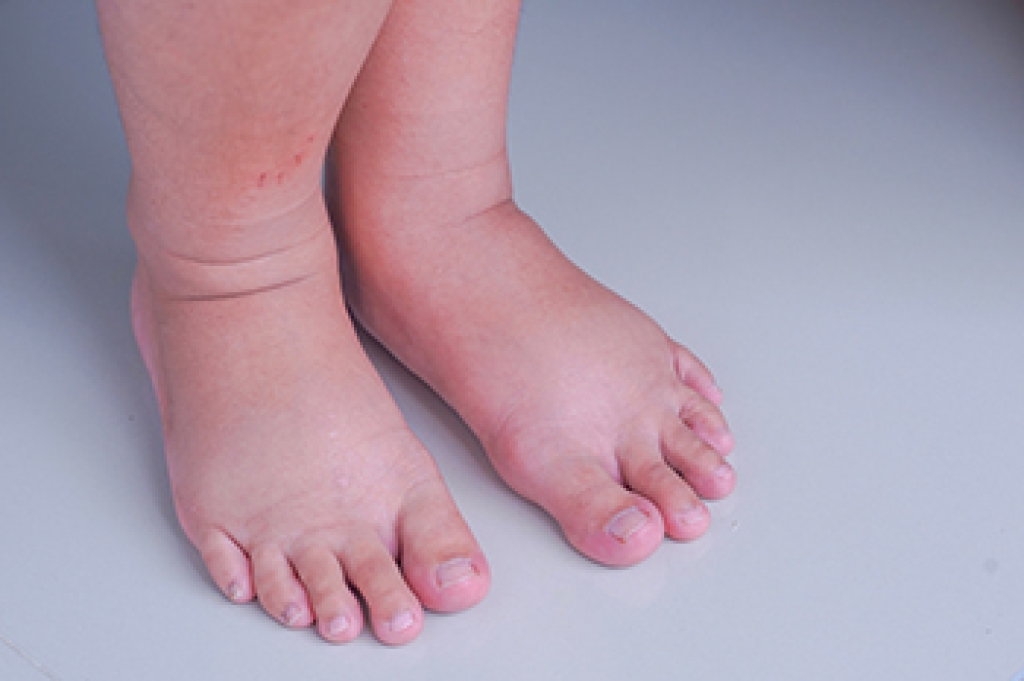
Are your feet emitting an unpleasant odor that has become embarrassing? You may be dealing with bromodosis, commonly known as stinky feet. This condition is caused by the growth of bacteria in the sweat that is produced by your feet's numerous glands. Factors like stress, hormonal changes, and poor ventilation for your feet can make it worse. Prolonged standing and hyperhidrosis, or overly sweaty feet, can also contribute to the problem. Maintaining good foot hygiene is an important first defense against foot odor. A daily foot care routine includes washing, drying, and moisturizing your feet daily. Trim your toenails regularly, and use a pumice stone to remove dead skin. Change socks every day and opt for moisture-wicking fabrics to help keep your feet dry. Additionally, consider preventive measures such as alternating between different pairs of shoes and investing in breathable footwear with odor absorbing inserts. If a basic hygiene adjustment does not suffice, antifungal foot sprays, medicated insoles, or specialized foot soaks to target bacteria and fungi may help. If the problem of foot odor persists, it is suggested that you seek treatment from a chiropodist who can provide personalized recommendations, and rule out underlying conditions.
Caring for your feet is not just something done at the chiropodist’s office. Good foot care starts at home. If you would like to learn more about daily foot care practices, please consult with one of the chiropodists from The Footcare Centre. Our chiropodists can help you maintain the health of your lower limbs and your mobility.
There are many things that you can do at home to help care for your feet, including:
- Wearing shoes and socks that fit properly
- Washing the feet daily with soap and water
- Drying the feet thoroughly
- Applying moisturizer to the soles and heels of the feet
- Taking a walk and exercising the feet regularly
- Doing foot stretches and strengthening exercises
A chiropodist can help figure out a manageable foot care routine for you to keep your feet healthy. If you have any questions, please feel free to contact our office located in . We offer the newest diagnostic and treatment technologies for all your foot care needs.




